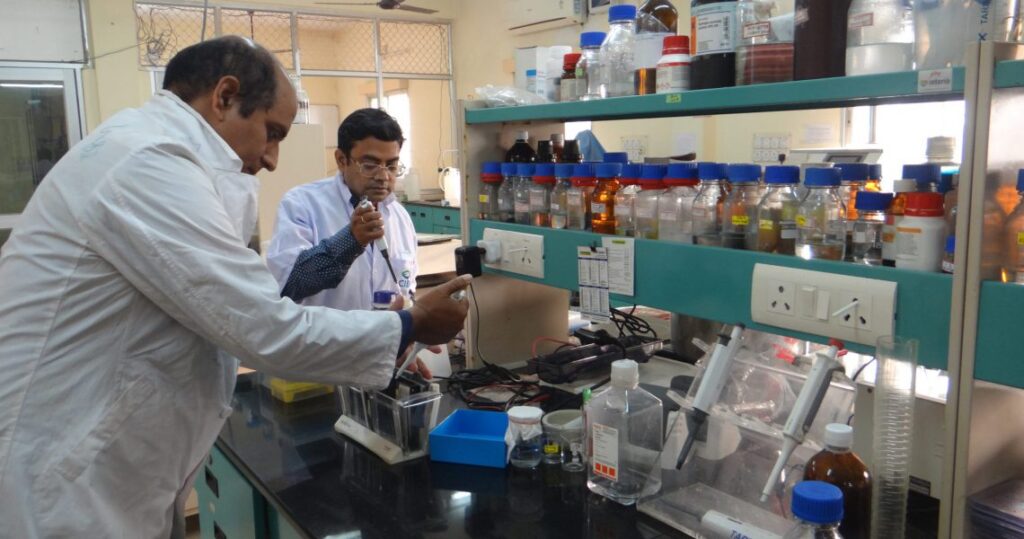Fast Track Couriers is the epitome of a courier service where urgency seamlessly meets reliability, catering to your every dispatch need. In a world where time is of the essence, Fast Track Couriers has consistently proven itself as the go-to solution for swift and dependable deliveries. With a laser-sharp focus on efficiency and a commitment to meeting deadlines, Fast Track Couriers ensures that your parcels reach their destination with unparalleled speed. Our team of dedicated professionals understands the importance of a timely delivery, whether it is a critical business document, a special gift for a loved one, or essential medical supplies. We do not just deliver packages; we deliver peace of mind. Reliability is the cornerstone of our service. We pride ourselves on our impeccable track record when it comes to handling fragile, sensitive, and valuable items. Our highly trained couriers handle every parcel with the utmost care and attention, ensuring that it arrives in the same condition it was sent.
We employ state-of-the-art tracking technology that allows you to monitor the progress of your delivery in real-time, giving you the confidence that your package is in safe hands. In a world where customers have come to expect instant gratification, Fast Track Couriers goes above and beyond to exceed those expectations. We offer a range of delivery options tailored to suit your specific needs. Whether you require same-day delivery for urgent documents, next-day delivery for non-urgent items, or a cost-effective standard service, we have a solution for every situation. Our flexible approach ensures that you get the level of service that is just right for you. Fast Track Couriers understands that the world does not stop at 5 p.m., and neither do we. We offer round-the-clock service, including weekends and holidays, so you can rely on us to be there when you need us the most.
Our commitment to environmental responsibility sets us apart from the competition. We continuously invest in eco-friendly technology and practices to minimize our carbon footprint. With a fleet of electric and fuel-efficient vehicles freight companies, we ensure that your deliveries reach their destination without harming the planet. Fast Track Couriers is more than just a delivery service; it is a partner you can trust with your most valuable and time-sensitive shipments. Whether you are a business seeking a reliable logistics solution or an individual looking for a quick and secure delivery, Fast Track Couriers has the experience and dedication to meet your needs. In the fast-paced world of courier services, Fast Track Couriers has proven time and time again that we are the benchmark of excellence. When you choose us, you are choosing a reliable partner committed to the swift and safe delivery of your packages. Fast Track Couriers – Where Urgency Meets Reliability for Every Dispatch.






